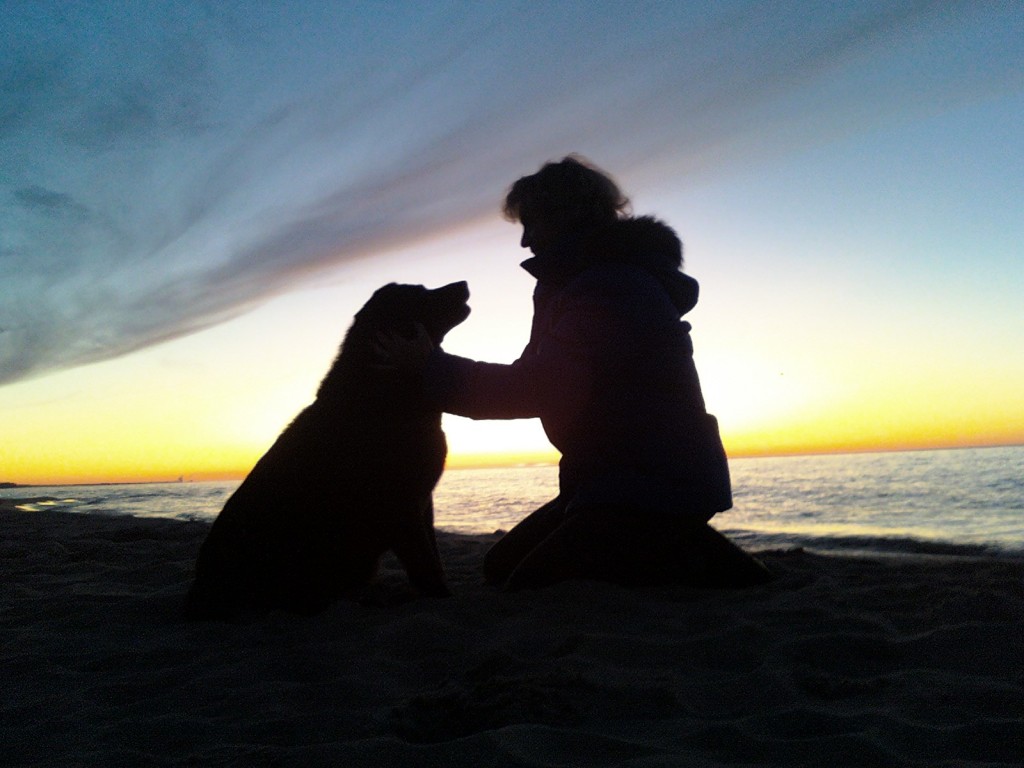The little cottage where Nate and I moved last June is a home we’ve owned for nine years. Although it’s always been winterized, we used it mostly in the summer because of the large, relatively empty beach nearby. When finances became tight, we put our Chicago house on the market. But when it didn’t sell, we put the summer house up for sale as well, continuing to hope one or maybe even both would sell.
After four years, the house in Chicago finally sold, and we found ourselves moving to Michigan to live full time. We considered it an adventure for two sixty-somethings and figured we could return to the Chicago area if we missed it too much.
Nate continued to work in Chicago’s Loop, commuting around the bottom of Lake Michigan via the South Shore train line. He found the long ride pleasant and full of interesting characters. I admired the ease with which he made this major change after living in the Chicago area for 37 years. But in his own words, coming home each evening to our humble Michigan cottage was “coming home to paradise.”
Nate and I often talked about improving the Michigan house. It was needy in many categories, and we had some good ideas, but we were so busy with his work and my unpacking that not much was accomplished toward that end over the summer. “Let’s wait til fall,” I said. “I’ll get the kids to rip out the musty old living room carpeting we’ve hated for years, and I’ll swing a paint brush in several rooms.”
But when fall came, cancer came too. Thoughts of renovating went out the window, because once Nate became sick, none of that was important. Besides, we had all we could handle just keeping up with doctor appointments, radiation treatments, pharmacy visits and medicine doses.
Today at lunch time, several of the boys asked me what they could do to help. Before I could answer, 15 month old Skylar walked into the room with a flaming red rash on one cheek. She’d been frolicking with Jack the dog on the living room carpet but hadn’t cried out, so no one could figure out how her cheek had become injured.
Then Hans said, “That looks just like the rash Nicholas had a few days ago.”
After further investigating, we all agreed the carpeting was to blame. Jack had had a major bout with fleas recently, and we’d responded with a vet appointment and his recommended chemicals. Maybe it was just the fact that our carpeting was nearly 40 years old, but within the hour, the boys were cutting it into chunks and dragging it out of the house.
I’d been asking them to rip up the rumpled, stained carpet for several years, but there was always a reason why “it wasn’t a good day” to do it. Today it got done on the dime because of two rashy baby cheeks.
Life is all about setting priorities. We line them up and then obey the list. When Nate and I became aware of his cancer, existing priorities were tossed aside as new ones came into their places. Home improvements fell to the bottom of the list while Nate’s care rose to the top. Occasional family visits were no longer good enough. Instead, the family came together around the clock. Focused time as a married couple had been sprinkled here and there throughout our days but then switched to becoming constant. There’s nothing like a health crisis to rearrange skewed priorities.
Interestingly, by the hour of Nate’s death at 7:35 pm on November 3rd, every item on the revised to-do list had been checked off. Each task had been completed.
Why does it take a crisis to force the right priorities? All of us know what they are, even before a crisis hits. We just don’t line them up until then.
“We spend our years as a tale that is told. [Lord], teach us to number our days, that we may apply our hearts unto wisdom.” (Psalm 90:9b & 12)


